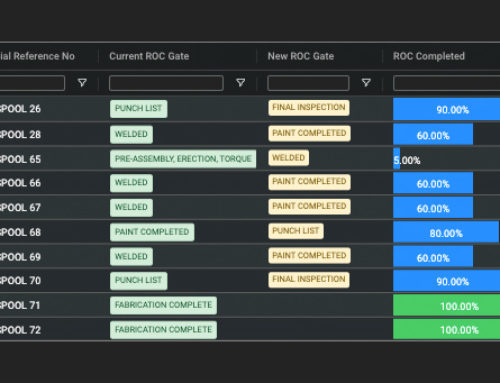Infographics – 7 Myths about RFID
How much do you know about Radio Frequency Identification or RFID? Commonly known to track items such as merchandise, vehicles and animals, RFID has some more obscure applications too. In a world where RFID usage is increasing, let’s enlighten ourselves about this amazing technology and bust some existing myths while we’re at it.
What is RFID?
RFID uses electromagnetic fields to identify and track tags attached to objects. These tags contain electronically-stored information.
There are two types of tags:
1. Passive tags collect energy from a nearby RFID reader’s interrogating radio waves.
2. Active tags have a local power source and may operate hundreds of meters from the RFID reader.
Therefore, unlike a barcode, the tag doesn’t need to be in line of sight of the reader. A tag may be embedded in the object being tracked.
Because of this application, RFID tags are used in many industries. Some examples include RFID tags attached to automobiles during production to track progress through the assembly line; pharmaceuticals being track through warehouses; and pets having RFID microchips implanted to identify them.
Due the ability to be attached to cash, and clothing, or implanted in people, the possibility of reading personally linked information without consent has raised serious privacy concerns.
Let’s have a look at what we know and highlight 7 Myths about RFID in the infographic below:

Do you want to know more about the difference between barcodes and RFID? Read our article on barcodes vs rfid.




